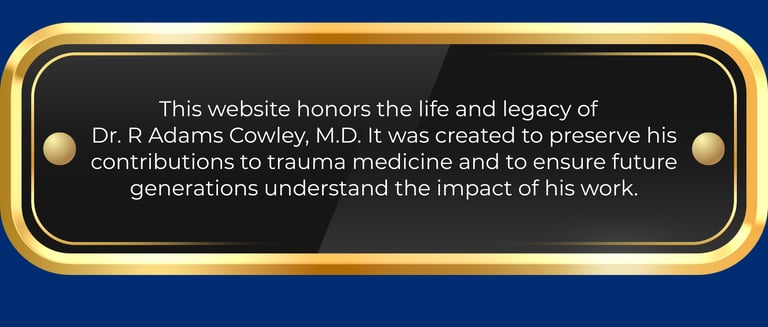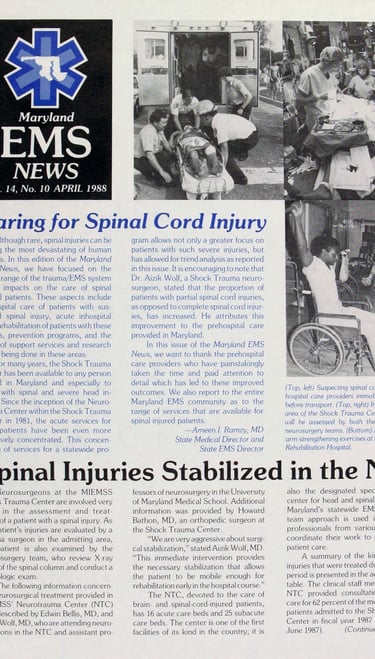His Enduring Legacy
Dr. R Adams Cowley didn’t just practice medicine—he transformed it. Known as the “Father of Trauma Medicine,” he revolutionized emergency care, ensuring that critically injured patients had a real chance at survival. He founded the nation’s first dedicated trauma center and introduced the now-famous “Golden Hour” concept—the crucial first 60 minutes after a severe injury when swift medical care can mean the difference between life and death. His pioneering work in EMS, rapid trauma response, and medical helicopters reshaped modern emergency medicine, saving countless lives and setting the standard for trauma care worldwide.
Early Life and Background
Born on July 25, 1917, in Layton, Utah, R Adams Cowley grew up in a family that valued education. His father, Wallace William Cowley, worked as a pharmacist, and his mother was Alta Louise Adams Cowley. Young Adams (as he was often called) showed early interest in medicine and became the first person in his family to graduate from college.
An interesting fact about his name: the "R" doesn't stand for anything. It was simply the letter "R," given to honor a grandfather, and became a unique part of his identity throughout life.
Early Medical Career
After graduating eighth in his class from the University of Utah in 1940, Dr. Cowley earned his medical degree from the University of Maryland. His journey almost ended before it began—homesick and ready to quit medical school, he packed his bags for the bus station. Fate intervened when the dean found him and offered him housing in his own home, a turning point that kept Cowley in medicine.
During World War II, Dr. Cowley served in the U.S. Army Medical Corps in Europe, where he witnessed firsthand how quickly battlefield injuries could turn fatal without immediate care. This experience planted the seeds for his later work in trauma medicine.
Returning to the University of Maryland after the war, Dr. Cowley quickly distinguished himself as an innovative thoracic surgeon. He performed some of America's earliest open-heart surgeries, often operating before heart-lung machines were widely available. His surgical skills saved many lives, but he grew frustrated watching patients survive complex operations only to die days later from shock.


University of Maryland
Photo of Dr. R. Adams Cowley in an editorial feature during his groundbreaking work in trauma care.

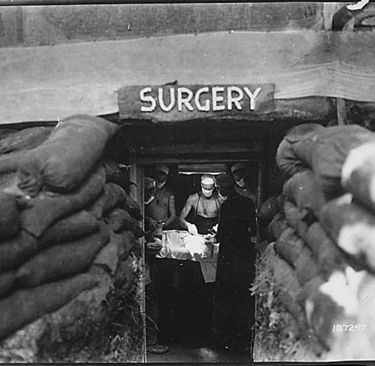
An American Army doctor operates on a U.S. soldier during WWII.
During World War II, Dr. Cowley served in the U.S. Army Medical Corps in Europe, where he witnessed firsthand how quickly battlefield injuries could turn fatal without immediate care. This experience planted the seeds for his later work in trauma medicine.
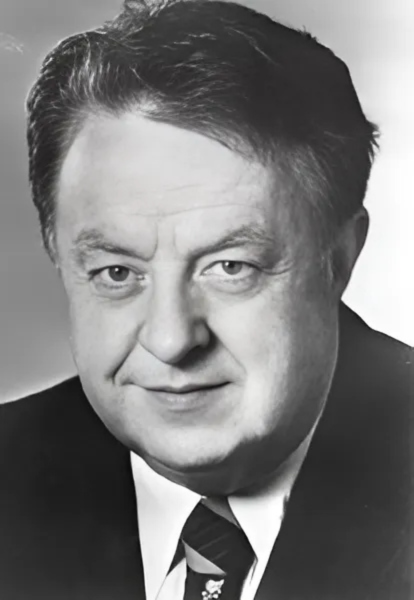

(Courtesy U.S. National Archives)
Shock Trauma Origins
In 1959, Dr. R Adams Cowley secured a $100,000 grant from the National Highway Safety and Traffic Administration (NHTSA) under the Department of Transportation (DOT) to establish a trauma unit. What that money built was humble in appearance: a single large room without operating suites—just a supply closet and barely enough space for two beds.
But that unassuming setup would make history.
With this funding, Dr. Cowley launched the first clinical shock trauma unit in the United States. Though primitive, it laid the groundwork for a radical new approach to trauma care. It was here that he coined and championed the term “shock trauma,” a phrase—and a philosophy—that would forever reshape emergency medicine.
To skeptics, it looked like a futile experiment. Some mockingly dubbed it the “death lab,” given the grave condition of many patients admitted. But Dr. Cowley and his committed team proved them wrong, delivering survival against impossible odds.
By 1968, his vision took flight—literally. After years of persistence, he convinced the Maryland State Police to use helicopters for medical transport, slashing response times and expanding reach. The first civilian medevac flight launched in 1969, marking the start of a new era in trauma transport.
Then in 1970, Dr. Cowley pushed even further—expanding the model statewide. He believed that every Marylander, no matter how remote, deserved access to the same life-saving care. His breakthrough came when a close friend of Governor Marvin Mandel was critically injured in a car crash and received care through Cowley’s system. The results were undeniable.
In response, Governor Mandel issued a 1973 executive order creating the Maryland Institute for Emergency Medicine and the Division of Emergency Medical Services. Naturally, Dr. Cowley was appointed as its first director.
What started as two beds and a closet became the blueprint for trauma systems worldwide—and continues to save lives to this day.

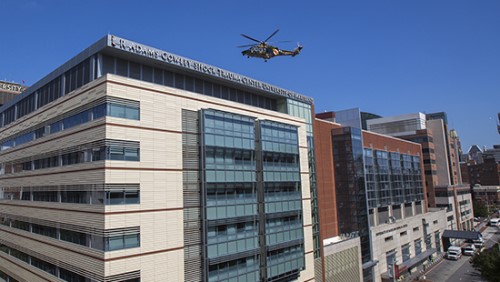


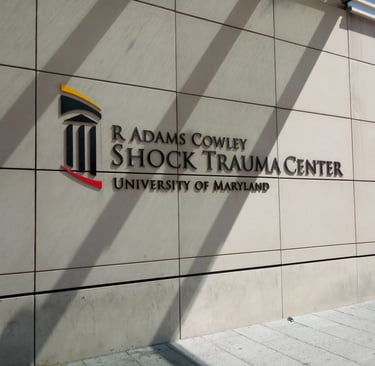
Many colleagues mockingly called it the "death lab" because patients arrived in such critical condition. But Dr. Cowley and his dedicated team proved the skeptics wrong, saving patients who would have died elsewhere.
(Courtesy University of Maryland Shock Trauma Center)
(Courtesy University of Maryland Shock Trauma Center)
Inside the R Adams Cowley Shock Trauma Center.


Birth of the "Golden Hour" Concept
"There is a golden hour between life and death," Dr. Cowley explained. "If you are critically injured, you have less than 60 minutes to survive. You might not die right then; it may be three days or two weeks later - but something has happened in your body that is irreparable."
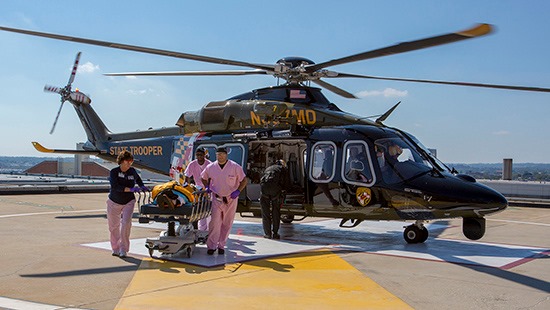

Racing the clock—bringing trauma patients in during the Golden Hour.
(Courtesy University of Maryland Shock Trauma Center)
This simple but powerful idea changed emergency medicine forever. Dr. Cowley described shock as "a momentary pause in the process of death" - a condition that could be reversed if treated quickly enough. Before this, many severely injured patients were simply taken to the nearest hospital, often with fatal results.
The concept that made Dr. Cowley famous came from his observations while treating patients. He noticed that people who received quick treatment after severe injuries had much better chances of survival. This led him to develop the "Golden Hour" theory.



This chart shows real research backing the idea behind Dr. Cowley's Golden Hour. In the 1990s, studies in Quebec found that trauma patients had a higher chance of dying if it took more than an hour to reach the hospital. A follow-up study in 1999 confirmed this—getting to care faster greatly improved survival, even when accounting for how bad the injuries were. The data also shows that patients with serious head, chest, or internal injuries—and those in rural areas—benefit the most from quick treatment.
Building Maryland's EMS System
Before this system, ambulance services often consisted of vehicles with little medical equipment operated by personnel with minimal training. Under Dr. Cowley's leadership, Maryland developed more than 600 well-equipped emergency ambulances, 11 public service medevac helicopters, and trained over 27,000 emergency medical providers.
The system Dr. Cowley built relied on cooperation between doctors, nurses, hospital administrators, ambulance services, fire departments, and law enforcement. This collaborative approach became a model for emergency medical systems across America and around the world.
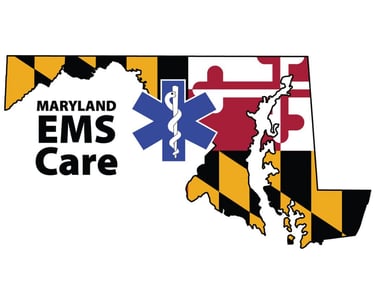

Dr. Cowley's vision extended beyond a single trauma center. He believed that every injured person deserved access to the best possible care. In 1970, he began working toward a statewide system of emergency medical services in Maryland.
His dream gained powerful support in 1973 when Maryland Governor Marvin Mandel issued an executive order establishing the Maryland Institute for Emergency Medicine. Dr. Cowley was appointed as director, giving him the authority to build the nation's first statewide EMS system.

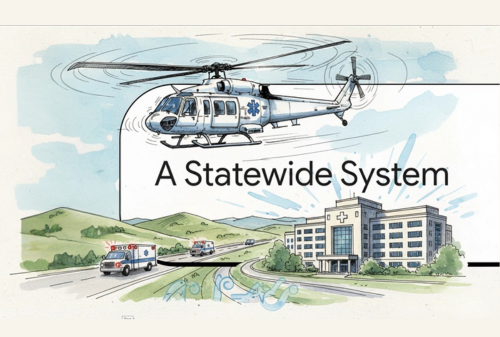

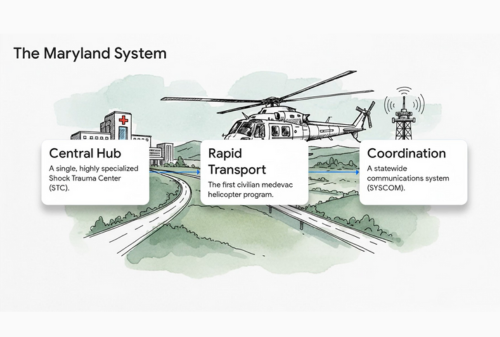


On March 19, 1970, Dr. Cowley became one of the first U.S. physicians to use helicopters for civilian medical evacuation—an innovation that revolutionized rapid trauma care and set the global standard.
Helicopter Medical Evacuations
Disaster Medicine & Emergency Preparedness
Dr. Cowley's influence extended into disaster medicine and emergency preparedness. He recognized that the principles of trauma care could be applied to mass casualty events and natural disasters. Under his leadership, Maryland developed some of the first comprehensive disaster response protocols for civilian medical systems.
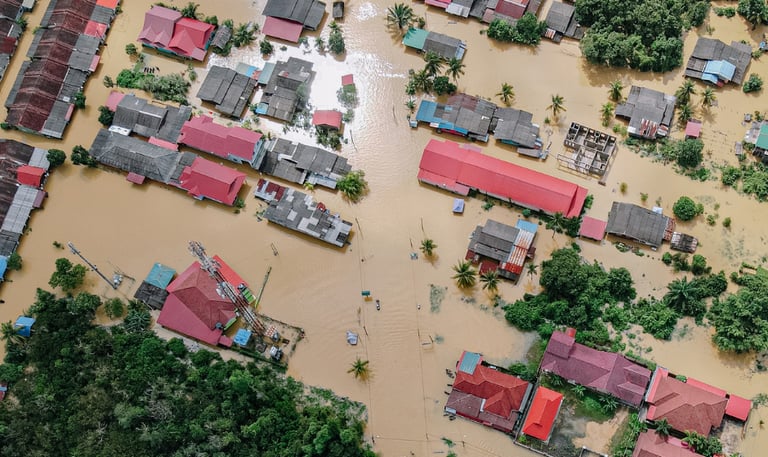

His approach to disaster medicine emphasized:
Coordinated communication systems between first responders and medical facilities
Rapid triage protocols to identify patients needing immediate intervention
Strategic distribution of patients to appropriate facilities based on injury severity
Integrated command structures that coordinate resources across regions
The Maryland Institute for Emergency Medicine, under Dr. Cowley's direction, became a leader in disaster preparedness training, developing protocols that would later be adopted nationwide. His collaborative model between civilian and military medical systems proved especially valuable during disaster response, creating a template for modern emergency management systems.
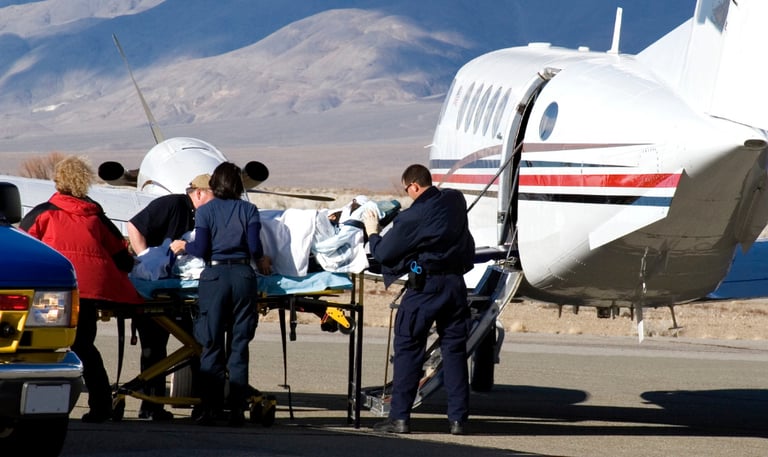

Education and Research Programs
The R Adams Cowley Shock Trauma Center is not only a treatment facility but also a leader in trauma education and research. It houses prestigious training programs in trauma care, simulation education, and C-STARS (Center for Sustainment of Trauma and Readiness Skills) in collaboration with the U.S. Air Force.
Advanced Services
Today's Shock Trauma Center features:
Go-Team: Physician-led field resuscitation team
CCRU: Critical Care Resuscitation Unit sees over 1,400 patients yearly
Hyperbaric Medicine Center: Only multi-place chamber in Maryland with 4,221 dive hours (FY2024)
Legacy and Impact
The R Adams Cowley Shock Trauma Center continues to be at the forefront of trauma care innovation. The eight-story state-of-the-art trauma center named after Dr. Cowley combines the highest level of patient care and teaching with research, leading to advances in therapy for the critically injured.
Dr. Cowley's pioneering work in trauma care and emergency medical systems has saved countless lives. His vision of a coordinated, rapid-response system for treating trauma patients has become the standard worldwide, and his "Golden Hour" concept remains a fundamental principle in emergency medicine today.
The fruits of Dr. Cowley's work are everywhere. Hundreds of medical personnel have trained at the Shock Trauma Center and then applied their training experience to start and develop trauma and EMS systems in other states and countries. Most importantly, thousands of trauma victims alive today are a living testimony to his dedicated work.
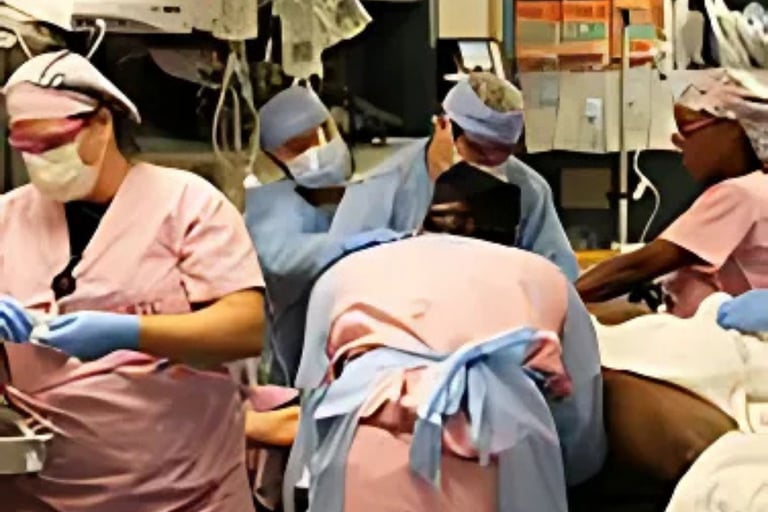

(Courtesy University of Maryland Shock Trauma Center)
Dr. Cowley had three scrub colors to choose from—blue, green, or pink. He picked pink, the least popular, so no one would steal them. Today, pink scrubs are a symbol of love, Shock Trauma pride, and prestige.
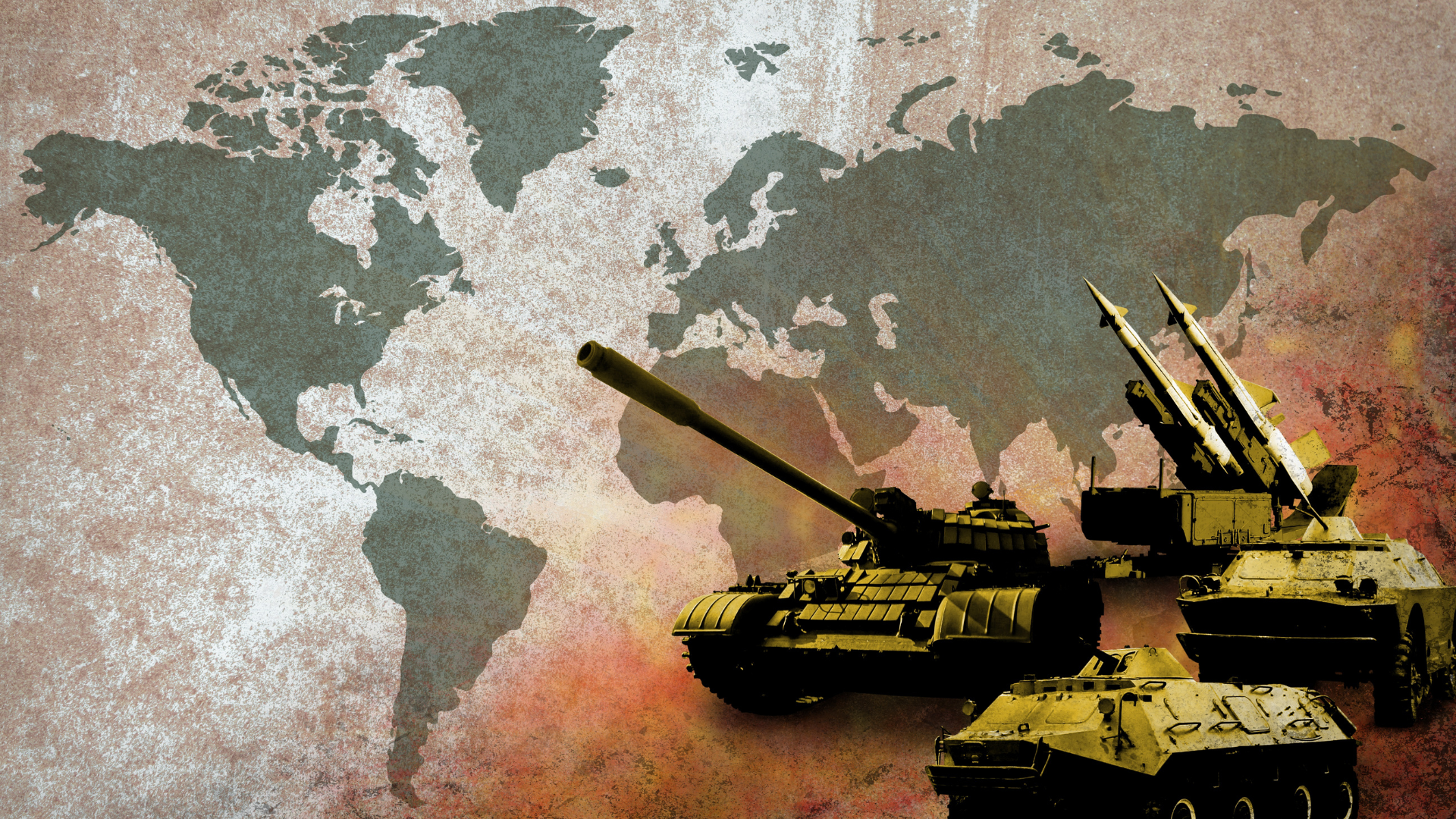
Military Medicine Influence
Dr. Cowley's trauma care principles have had a profound impact on military medicine. His emphasis on rapid evacuation and immediate treatment of the critically injured revolutionized battlefield medicine, particularly during the conflicts in Iraq and Afghanistan.
Military Medical Applications
Military medical teams adopted the "Golden Hour" principle, developing rapid evacuation protocols that dramatically reduced mortality rates among wounded service members. The military's implementation of forward surgical teams—small, mobile surgical units positioned near combat zones—was directly influenced by Dr. Cowley's trauma care model.
The U.S. Department of Defense has credited these trauma care principles with achieving the highest survival rates in the history of modern warfare. Wounded soldiers who would have died in previous conflicts now routinely survive thanks to the rapid trauma response systems pioneered by Dr. Cowley.
This military-civilian partnership continues today, with military medical personnel regularly training at the R Adams Cowley Shock Trauma Center, bringing these life-saving techniques back to battlefield medicine and disaster response worldwide.
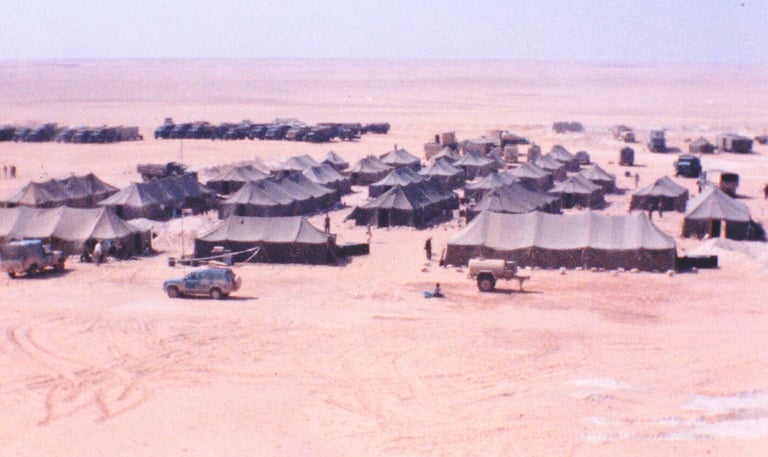

(Courtesy MSG Michael Rodriguez, U.S. Army, Ret.)
View of a partially erected 5th Mobile Army Surgical Hospital during Gulf War I. (Iraq, 1991)

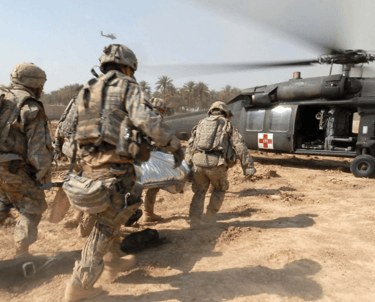
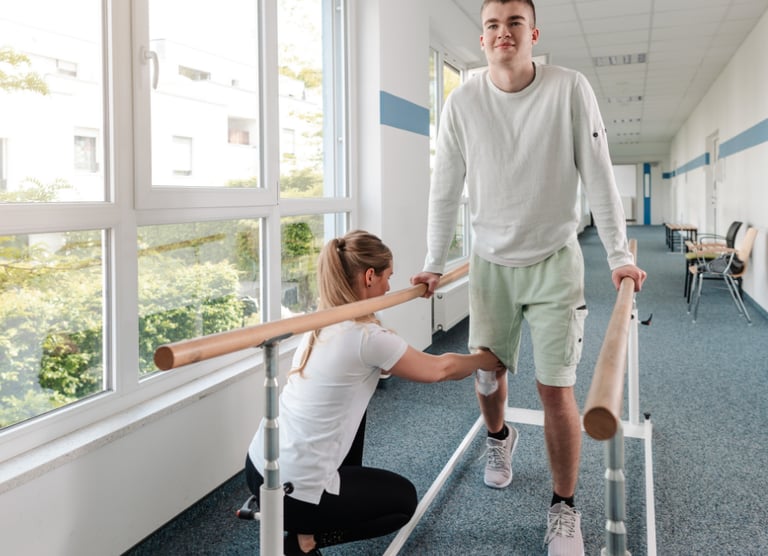

Restoring Lives After Trauma
Saving lives was only the first step in Dr. Cowley’s trauma care mission. He knew recovery had to go further. Patients needed real rehabilitation—physical, cognitive, and emotional. So he built a system that didn’t stop at the ER doors. It walked patients through every step of recovery, helping them reclaim independence and quality of life.
A Seamless System of Care
Dr. R. Adams Cowley revolutionized trauma rehabilitation by designing a first-of-its-kind model that connected the Shock Trauma Center directly with Montebello Rehabilitation Hospital. Unlike typical hospital transfers where patients were handed off to new teams, his model kept the same departments—and often the same caregivers—involved from emergency treatment through rehabilitation.
This continuity was key. Physical therapy, speech-language pathology, and nursing staff worked across both locations, ensuring care didn’t reset, it advanced. Patients remained under the guidance of professionals who already understood their injuries, progress, and personal needs.
His integrated approach didn’t just improve outcomes—it gave patients a better shot at regaining independence, speech, mobility, and confidence. His system created a full-spectrum trauma model where healing didn’t stop at survival—it continued until people could truly live again.
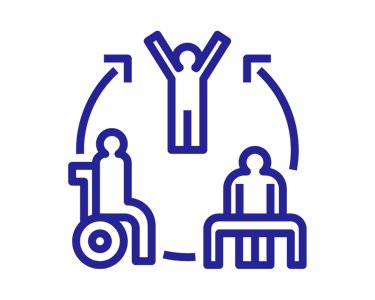

Speech and Communication Breakthroughs
One of Dr. Cowley’s boldest ideas was embedding a Speech-Communication Disorders Program directly into trauma care—a concept virtually unheard of at the time. As founder of the program, he and his team revolutionized the role of cognitive and speech therapy in acute settings. The program:
Brought cognitive and speech evaluations into the trauma setting
Helped intubated patients "speak" using new technologies
Treated swallowing disorders early, preventing serious complications
Speech Communication Disorders hosted seven international traumatic brain injury symposiums—starting with just 70 attendees and eventually drawing 1,000 professionals from around the world
These innovations helped patients reconnect, communicate, and recover in ways that had never been imagined before—transforming both outcomes and the standard of care in trauma rehabilitation.




National Leadership in Recovery Research
These programs didn’t just treat—they taught. Rehabilitation staff served as university instructors and often appeared in public education media, shaping trauma care far beyond Maryland.
National symposia on traumatic brain injury, hosted by the team, grew from just 70 attendees to over 700 participants from 41 states and multiple countries. These events brought together experts across neurosurgery, emergency medicine, speech-language pathology, psychology, nursing, and other fields.
The result was a growing, collaborative network that shared breakthroughs and pushed trauma rehabilitation forward. This full-circle recovery model didn’t just save lives—it rebuilt them.
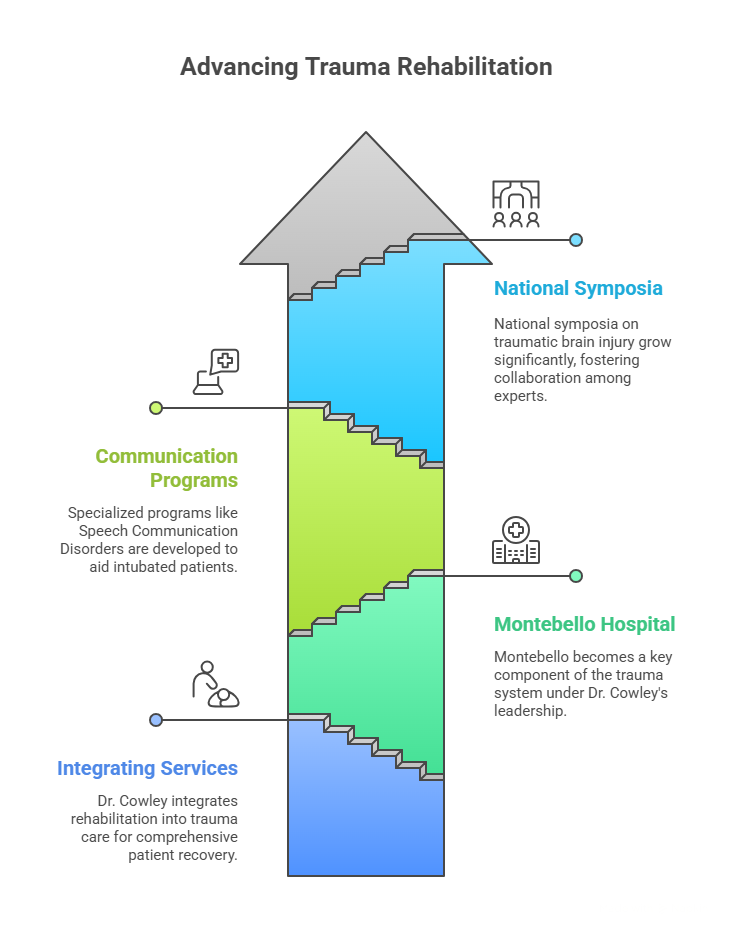

Dr. Cowley understood that true trauma care doesn't end at hospital discharge. His vision included comprehensive rehabilitation services that would help patients regain independence and quality of life.
This chart shows how Dr. Cowley advanced trauma rehabilitation—starting with integrated services, expanding through Montebello Hospital, and culminating in national symposia that united experts to push recovery science forward.

A Life That Reshaped Emergency Care
Dr. Cowley was known not just for his vision, but also for his intense dedication and work ethic. Colleagues recall that nothing was impossible to him – he would work around the clock and expected the same focus from his team. It was not unusual to find Dr. Cowley checking on patients in the middle of the night, still wearing his white coat or scrubs while others slept. He had a single driving mission: to give the critically ill and injured the best chance of survival. Often he said that every patient has “the right to the best medical care, according to the state of the art – not according to location, severity of injury, or ability to pay.” This compassionate belief in equal care helped shape policies that made the Shock Trauma Center and Maryland’s EMS system accessible to everyone, rich or poor.
Dr. R Adams Cowley passed away unexpectedly on October 27, 1991, at the age of 74. He had a heart attack at his home that afternoon, and even the system he created could not save its founder in that moment. He was laid to rest with full military honors at Arlington National Cemetery, a tribute to both his military service and his lifelong service to others.
Though Dr. Cowley passed away decades ago, his legacy lives on in every trauma center, every medevac flight, and every life saved through the rapid, specialized care he championed. The R Adams Cowley Shock Trauma Center stands as a living monument to his vision that every person deserves the best possible chance at survival, regardless of the severity of their injuries.
As medicine continues to advance, Dr. Cowley's fundamental principles remain at the heart of trauma care: speed matters, specialized training saves lives, and innovation drives progress. His contributions to medicine have saved countless lives and will continue to do so for generations to come.
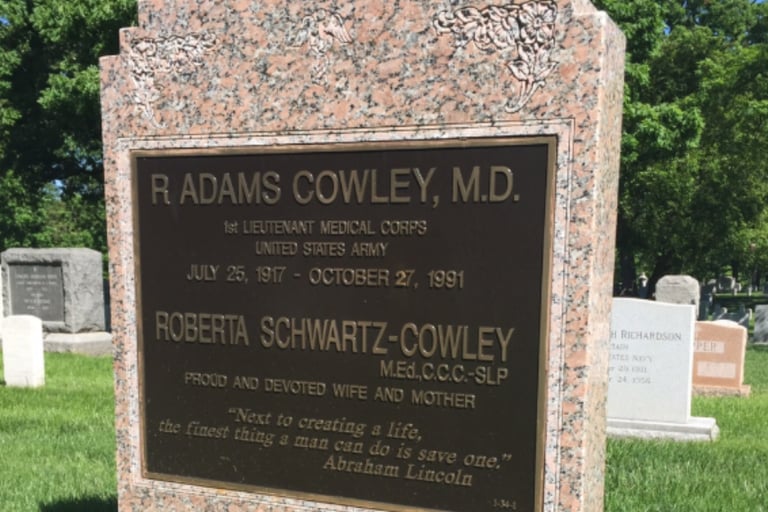

His Final Chapter
R adams Cowley, M.D.
Final Resting Place of Dr. Cowley at Arlington.
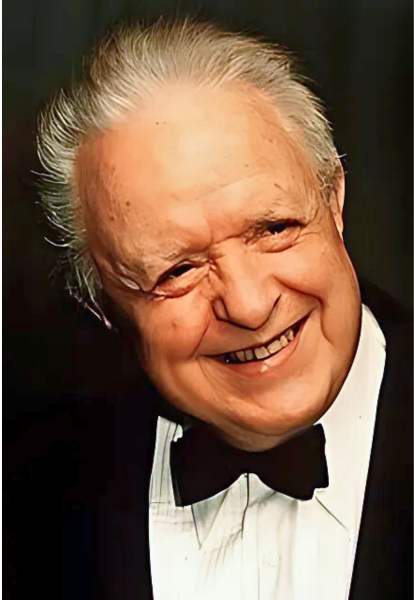

Dr. Cowley later in life, pictured with the warmth and optimism that matched his lifelong dedication to saving lives.
Throughout his career, Dr. Cowley published over 400 medical articles and wrote or edited numerous textbooks to spread knowledge about trauma care. He trained hundreds of doctors, nurses, and paramedics, who then started trauma centers and EMS programs in other states and countries. In 1989, Dr. Cowley retired as the director of Shock Trauma and MIEMSS, having spent decades at the helm. He left a robust legacy: emergency medicine became a recognized medical specialty in large part due to his work, and trauma systems modeled after Maryland’s now exist worldwide.
This compassionate belief in equal care helped shape policies that made the Shock Trauma Center and Maryland’s EMS system accessible to everyone, rich or poor.
Behind these remarkable achievements was a man of extraordinary character and personal dedication. Beyond the physician and visionary was a husband, father, and individual whose personal journey shaped his revolutionary approach to medicine.
Connect
Have questions or want to learn more about Dr. R Adams Cowley’s legacy?
We’d love to hear from you. 📧 Email: cowleyroberta@gmail.com
Legacy Resources
© 2025 Roberta Cowley. All rights reserved.
